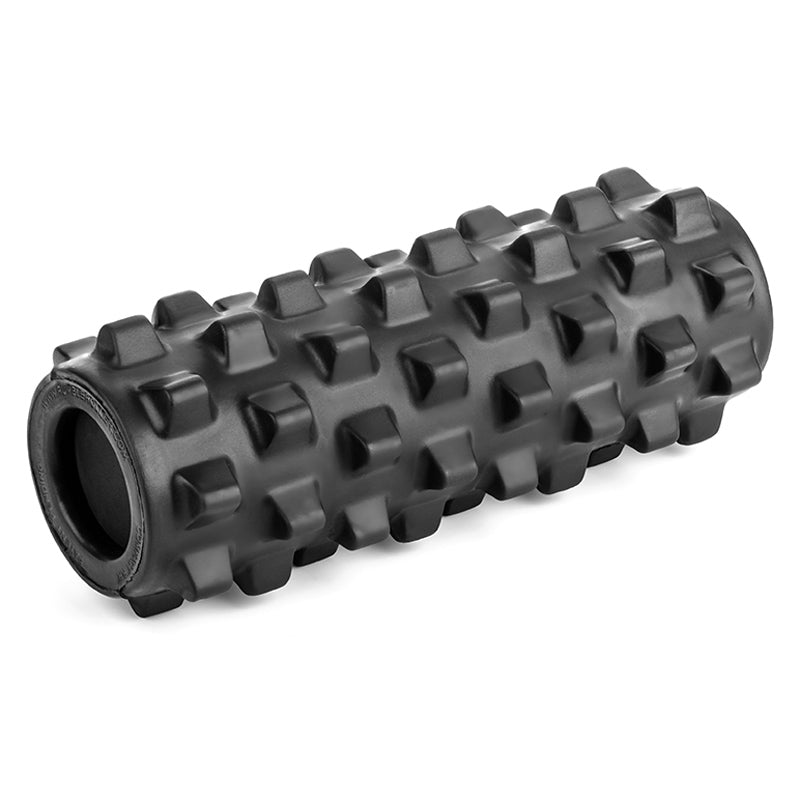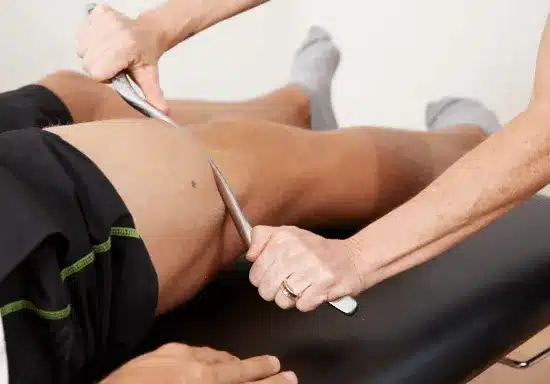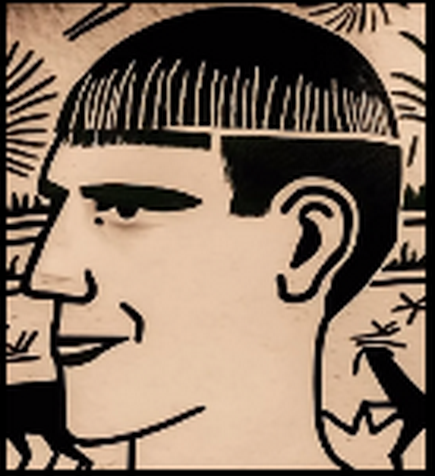- My Forums
- Tiger Rant
- LSU Recruiting
- SEC Rant
- Saints Talk
- Pelicans Talk
- More Sports Board
- Coaching Changes
- Fantasy Sports
- Golf Board
- Soccer Board
- O-T Lounge
- Tech Board
- Home/Garden Board
- Outdoor Board
- Health/Fitness Board
- Movie/TV Board
- Book Board
- Music Board
- Political Talk
- Money Talk
- Fark Board
- Gaming Board
- Travel Board
- Food/Drink Board
- Ticket Exchange
- TD Help Board
Customize My Forums- View All Forums
- Show Left Links
- Topic Sort Options
- Trending Topics
- Recent Topics
- Active Topics
Started By
Message
Shin splints
Posted on 3/23/25 at 5:28 pm
Posted on 3/23/25 at 5:28 pm
Son has developed these, and can barely run sometimes.
Remedies? Treatment?
Do the patella bands really work?
Remedies? Treatment?
Do the patella bands really work?
Posted on 3/23/25 at 5:50 pm to xBirdx
Most of the time, better shoes and a higher running cadence will prevent them.
As far as treatment, I’ve only had them once, but I would freeze water in paper Dixie cups and do ice massages. As well as some movement in the pool until they got better.
As far as treatment, I’ve only had them once, but I would freeze water in paper Dixie cups and do ice massages. As well as some movement in the pool until they got better.
Posted on 3/23/25 at 5:57 pm to xBirdx
quote:
Son has developed these, and can barely run sometimes. Remedies? Treatment?
Needs to stop running until it gets better. Walk or find alternate means of cardio. There is no getting around this
This post was edited on 3/23/25 at 5:58 pm
Posted on 3/23/25 at 6:03 pm to xBirdx
When I was younger I switched my shoes up and that helped a lot. Now, if I run more than about 10 miles/ week I get them. Even after losing 30 lbs. I'd research some shoes for him and have him ride a bike for cardio until they heal.
Posted on 3/23/25 at 6:56 pm to xBirdx
Growing as a kid can definitely cause this. Both of my daughters went through it. As an adult, your options are to change your running from. Focus on landing outside of the foot and rolling in. It works.
Posted on 3/23/25 at 8:26 pm to xBirdx
. Here are some effective treatment strategies:
1. Rest: Give your body time to heal by reducing or stopping activities that cause pain, especially high-impact exercises.
2. Ice: Apply ice packs to the affected area for 15-20 minutes at a time, several times a day, to reduce pain and swelling.
3. Compression: Use compression sleeves or wraps on your shins to help manage swelling and provide support.
4. Elevation: Elevate your legs to minimize swelling and promote blood flow.
5. Pain Relief: Over-the-counter pain relievers like ibuprofen or acetaminophen can help alleviate pain and inflammation.
6. Stretching and Strengthening: Focus on stretching the calf muscles and strengthening the muscles around the shin, which can help improve flexibility and stability.
7. Footwear: Ensure you’re wearing supportive shoes that provide adequate cushioning. Consider replacing worn-out shoes and using orthotics if necessary.
8. Gradual Return to Activity: Once pain subsides, gradually return to your normal activities. Start with low-impact exercises like swimming or cycling before progressing to running.
9. Cross-Training: Incorporate low-impact exercises into your routine
1. Rest: Give your body time to heal by reducing or stopping activities that cause pain, especially high-impact exercises.
2. Ice: Apply ice packs to the affected area for 15-20 minutes at a time, several times a day, to reduce pain and swelling.
3. Compression: Use compression sleeves or wraps on your shins to help manage swelling and provide support.
4. Elevation: Elevate your legs to minimize swelling and promote blood flow.
5. Pain Relief: Over-the-counter pain relievers like ibuprofen or acetaminophen can help alleviate pain and inflammation.
6. Stretching and Strengthening: Focus on stretching the calf muscles and strengthening the muscles around the shin, which can help improve flexibility and stability.
7. Footwear: Ensure you’re wearing supportive shoes that provide adequate cushioning. Consider replacing worn-out shoes and using orthotics if necessary.
8. Gradual Return to Activity: Once pain subsides, gradually return to your normal activities. Start with low-impact exercises like swimming or cycling before progressing to running.
9. Cross-Training: Incorporate low-impact exercises into your routine
Posted on 3/23/25 at 9:24 pm to xBirdx
Although I’m in my late 30s, rest has been the most helpful when I develop any sort of running pain. Then ease back into running
Posted on 3/23/25 at 9:29 pm to JAXTiger16
Weird bc it just pops up…. Hadn’t felt it for months.
1st game today nothing. 2nd game looks like he’s 80 running around
1st game today nothing. 2nd game looks like he’s 80 running around
Posted on 3/23/25 at 9:39 pm to xBirdx
I would get them in high school from our hard pan practice field in cleats. No real way for them to get better other than rest if he’s an athlete and doesn’t want to sit out.
Posted on 3/24/25 at 8:45 am to xBirdx
The biggest thing for him to do is rest. He can cross train using a bike or rower in the mean time to keep his cardiovascular fitness up.
You don't want this to progress to a stress injury. Shin splints are on the spectrum of stress injury. And for runners, you don't want this to progress to an anterior tibial stress fracture which is a big surgery and could sideline you for a long time.
I'd start with the frozen water cups, topical anti-inflammatories, and a home exercise program.
You don't want this to progress to a stress injury. Shin splints are on the spectrum of stress injury. And for runners, you don't want this to progress to an anterior tibial stress fracture which is a big surgery and could sideline you for a long time.
I'd start with the frozen water cups, topical anti-inflammatories, and a home exercise program.
Posted on 3/24/25 at 10:07 am to xBirdx
A massage gun can bring some relief. A TENS machine will work too.
This post was edited on 3/24/25 at 1:35 pm
Posted on 3/24/25 at 12:04 pm to xBirdx
Ugh. I used to get those when I ran cross country and track sometimes.
Nothing you can really do about it except let it rest. Saw some good advice in the thread. Basically, rest, ice, ibuprofen!
But...
You can do some things to help minimize or prevent them going forward...
Stretching and exercises that target your calves and shin muscles can enhance flexibility and strength.
Possibly look into orthotic inserts for his shoes.
Nothing you can really do about it except let it rest. Saw some good advice in the thread. Basically, rest, ice, ibuprofen!
But...
You can do some things to help minimize or prevent them going forward...
Stretching and exercises that target your calves and shin muscles can enhance flexibility and strength.
Possibly look into orthotic inserts for his shoes.
Posted on 3/25/25 at 8:49 am to Nole Man
My daughter got them bad at the end of her freshman year running track. I took her to an Orthopedic doctor, and what he basically suggested was building up mileage slowly like the couch to 5k program. Alternating walking/jogging during a workout and slowly adding time jogging. She was supposed to do that over the summer, but didn't really stick to it, and her indoor track season that fall and winter was fine, but by the time we were getting near the end of outdoor track season, her shins were starting to bother her again. I took her to physical therapy, they had some stretches and exercises for her to do to strengthen her lower leg muscles. Also did some dry needling to loosen up tight spots. That seemed to work well for temporary relief.
Last summer we made her workout with the cross country team, and she liked it so much she ran cross country in the fall and had a great indoor track season and is doing pretty well so far in the outdoor season.
Some of the exercises she did were single leg squat variants. Really builds up those stabilizing muscles like the tibialis and fibularis. Also they were worried about Achilles tendonitis. PT said that some runners overcompensate when they are having shin issues and it starts adding flexion when their feet are landing and it will shift too much weight towards the back of the leg and you'll get calf cramps and issues with the Achilles. A good stretching and foam rolling routine is great too.
Last summer we made her workout with the cross country team, and she liked it so much she ran cross country in the fall and had a great indoor track season and is doing pretty well so far in the outdoor season.
Some of the exercises she did were single leg squat variants. Really builds up those stabilizing muscles like the tibialis and fibularis. Also they were worried about Achilles tendonitis. PT said that some runners overcompensate when they are having shin issues and it starts adding flexion when their feet are landing and it will shift too much weight towards the back of the leg and you'll get calf cramps and issues with the Achilles. A good stretching and foam rolling routine is great too.
Posted on 3/26/25 at 7:32 am to xBirdx
Probably starts due to overly tight calves, causing the shin muscles to do more work than they should.
Step 1: Release and stretch calves (rumble roller + stretch).
Step 2: Highly recommend scraping the shin Graston style, though a massage ball laying on your side works well too. Roll Recovery makes a great GREAT tool for the shin.
Step 3: Build shins with tib raises.
My opinion is that rest, ice, are a waste of time. I had shin splints so bad I missed my senior year of track and developed fascial hernias cause they stayed tight. Release, stretch, strengthen.



Step 1: Release and stretch calves (rumble roller + stretch).
Step 2: Highly recommend scraping the shin Graston style, though a massage ball laying on your side works well too. Roll Recovery makes a great GREAT tool for the shin.
Step 3: Build shins with tib raises.
My opinion is that rest, ice, are a waste of time. I had shin splints so bad I missed my senior year of track and developed fascial hernias cause they stayed tight. Release, stretch, strengthen.



Popular
Back to top
 10
10









